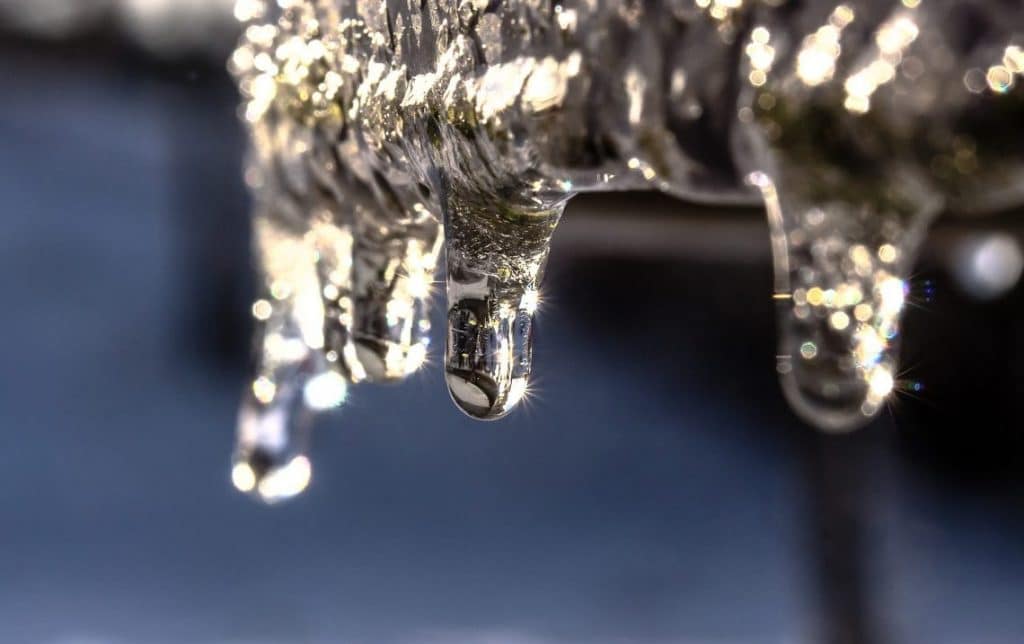Essential Advice for Avoiding Frozen Pipes in Winter Conditions
Essential Advice for Avoiding Frozen Pipes in Winter Conditions
Blog Article
They are making several great pointers regarding How to prepare your home plumbing for winter weather as a whole in this content followed below.

Cold weather can wreak havoc on your plumbing, particularly by freezing pipelines. Below's exactly how to prevent it from occurring and what to do if it does.
Intro
As temperatures decrease, the risk of frozen pipelines increases, potentially leading to expensive repairs and water damage. Recognizing just how to prevent frozen pipes is important for home owners in cold environments.
Prevention Tips
Insulating susceptible pipes
Wrap pipes in insulation sleeves or utilize warm tape to safeguard them from freezing temperatures. Focus on pipelines in unheated or outside locations of the home.
Heating methods
Keep interior spaces properly heated, specifically locations with plumbing. Open up cabinet doors to enable cozy air to flow around pipes under sinks.
Exactly how to recognize frozen pipes
Seek decreased water flow from taps, uncommon smells or sounds from pipelines, and visible frost on exposed pipes.
Long-Term Solutions
Structural modifications
Take into consideration rerouting pipes far from exterior wall surfaces or unheated locations. Include extra insulation to attic rooms, basements, and crawl spaces.
Upgrading insulation
Invest in high-quality insulation for pipes, attics, and walls. Correct insulation helps keep regular temperatures and lowers the risk of frozen pipelines.
Protecting Outdoor Pipes
Yard tubes and exterior faucets
Disconnect and drain garden pipes before winter season. Install frost-proof faucets or cover outside faucets with shielded caps.
Comprehending Frozen Pipelines
What triggers pipelines to ice up?
Pipes ice up when exposed to temperature levels below 32 ° F (0 ° C) for expanded periods. As water inside the pipelines freezes, it expands, taxing the pipe wall surfaces and potentially causing them to rupture.
Risks and problems
Icy pipes can bring about water system disruptions, property damage, and expensive fixings. Ruptured pipelines can flooding homes and create considerable structural damage.
Indications of Frozen Piping
Recognizing icy pipelines early can stop them from breaking.
What to Do If Your Pipelines Freeze
Immediate activities to take
If you suspect icy pipes, keep taps open up to alleviate pressure as the ice thaws. Utilize a hairdryer or towels taken in hot water to thaw pipes slowly.
Final thought
Stopping frozen pipelines requires positive procedures and fast reactions. By recognizing the reasons, signs, and preventive measures, house owners can secure their pipes throughout winter.
6 Proven Ways to Prevent Frozen Pipes and Protect Your Home
Disconnect and Drain Garden Hoses
Before winter arrives, start by disconnecting your garden hoses and draining any remaining water. Close the shut-off valves that supply outdoor hose bibs and leave the outdoor faucet open to allow any residual water to drain. For extra protection, consider using faucet covers throughout the colder months. It’s also important to drain water from any sprinkler supply lines following the manufacturer’s directions.
Insulate Exposed Pipes
Insulating your pipes is an effective way to prevent freezing. Pipe insulation is readily available at home improvement stores and is relatively inexpensive. Pay close attention to pipes in unheated areas such as the attic, basement, crawl spaces, or garage. Apply foam insulation generously to create a buffer against the cold. You can also wrap your pipes in heat tape or thermostat-controlled heat cables for added warmth.
Seal Air Leaks
Inspect your home for any cracks or openings that could let in cold air. Seal any holes around the piping in interior or exterior walls, as well as the sill plates where your home rests on its foundation. Additionally, make sure to keep your garage door closed unless you’re entering or exiting. Leaving it open creates a significant air leak that can lead to frozen pipes.
Allow Warm Air Circulation
During cold snaps, it’s essential to allow warm air to circulate evenly throughout your home. Leave interior doors ajar to promote better airflow. Open kitchen and bathroom cabinets to help distribute heat consistently around the rooms. If you have small children or pets, be sure to remove any household chemicals or potentially harmful cleaners from open cabinets for safety.
Let Faucets Drip
A small trickle of water can make a big difference in preventing ice formation inside your pipes. When temperatures drop significantly, start a drip of water from all faucets served by exposed pipes. This continuous flow helps prevent the water from freezing. Additionally, running a few faucets slightly can relieve pressure inside the pipes, reducing the chances of a rupture if the water inside does freeze.
https://choateshvac.com/6-proven-ways-to-prevent-frozen-pipes-and-protect-your-home/

I'm just very excited about How To Avoid Freezing Pipes and I am hoping you appreciated my page. Kindly take the time to promote this article if you enjoyed it. Thank you for taking the time to read it.
Go Deal Now Report this page